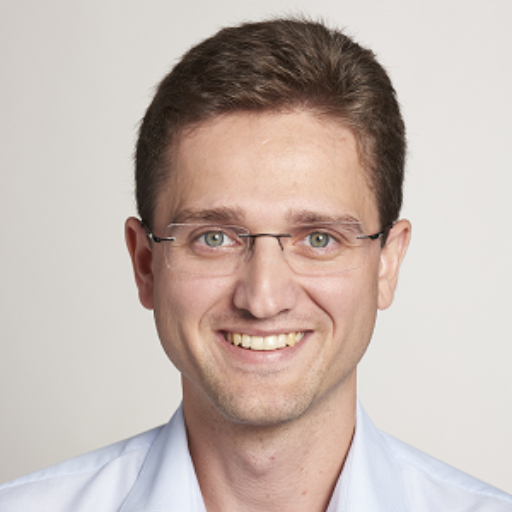
JosephCastellano
PhD
Location
New York, NY, USA
Current Organization
Icahn School of Medicine at Mount Sinai
Biography
As a graduate student, Dr. Castellano studied how the strongest genetic risk factor for Alzheimer’s disease (AD) influences metabolism of the pathogenic peptide, amyloid beta, within brain interstitial fluid. In David Holtzman’s group, he used in vivo microdialysis to show in behaving mice that clearance of this peptide is impeded by the presence of APOE4, whereas clearance in the context of more inert or protective forms is faster. As he transitioned into postdoctoral training, Dr. Castellano became fascinated by the possibility that brain function may be, in part, shaped by the immune system and by unexplored activities present within circulation. In postdoctoral work with Tony Wyss-Coray, PhD, Dr. Castellano sought to identify and characterize factors in the periphery that reverse features of brain aging, using parabiosis and plasma transfer to demonstrate features of blood-borne brain revitalization. He pioneered the use of an immunodeficient mouse model to show that systemic treatment with human umbilical cord plasma revitalizes hippocampal function in aged mice. He went on to identify TIMP2 as a critical pro-plasticity protein within young blood that recapitulates many of the previously reported rejuvenation phenotypes, which uncovered many research directions into the basic function of TIMP2 within the hippocampus. The Castellano laboratory now focuses on characterizing the activity of TIMP2 and its action in mediating long-range effects on circuits in the brain in the context of AD and other disorders.



